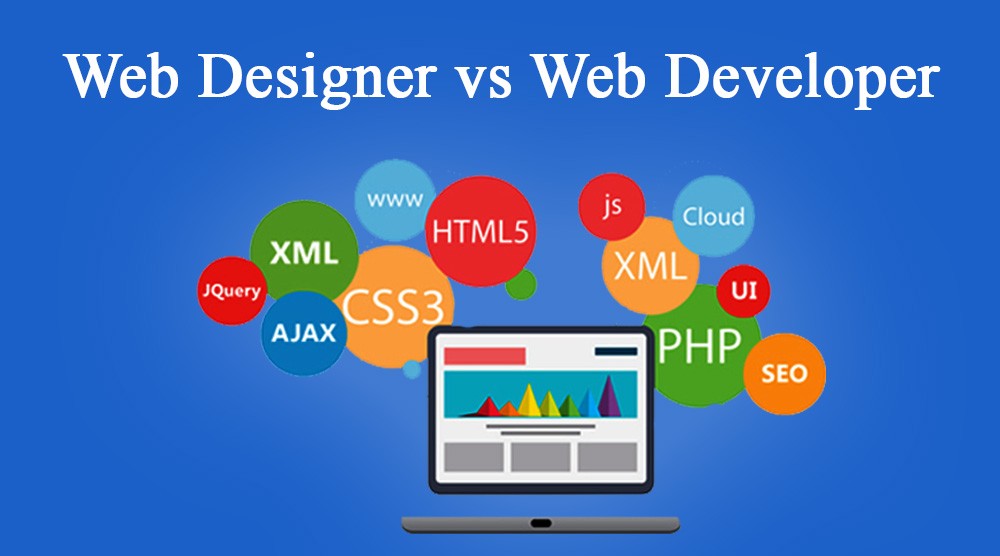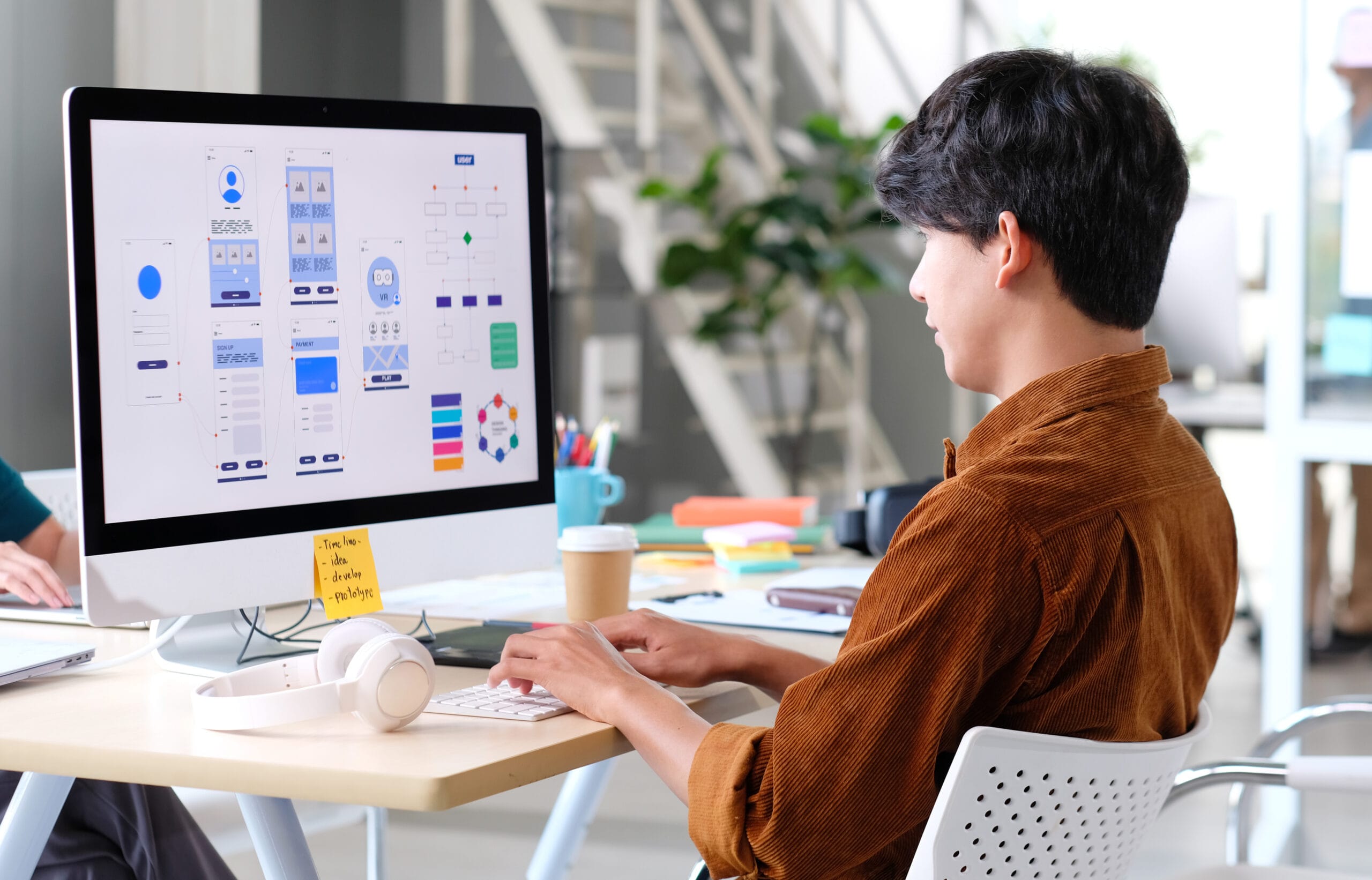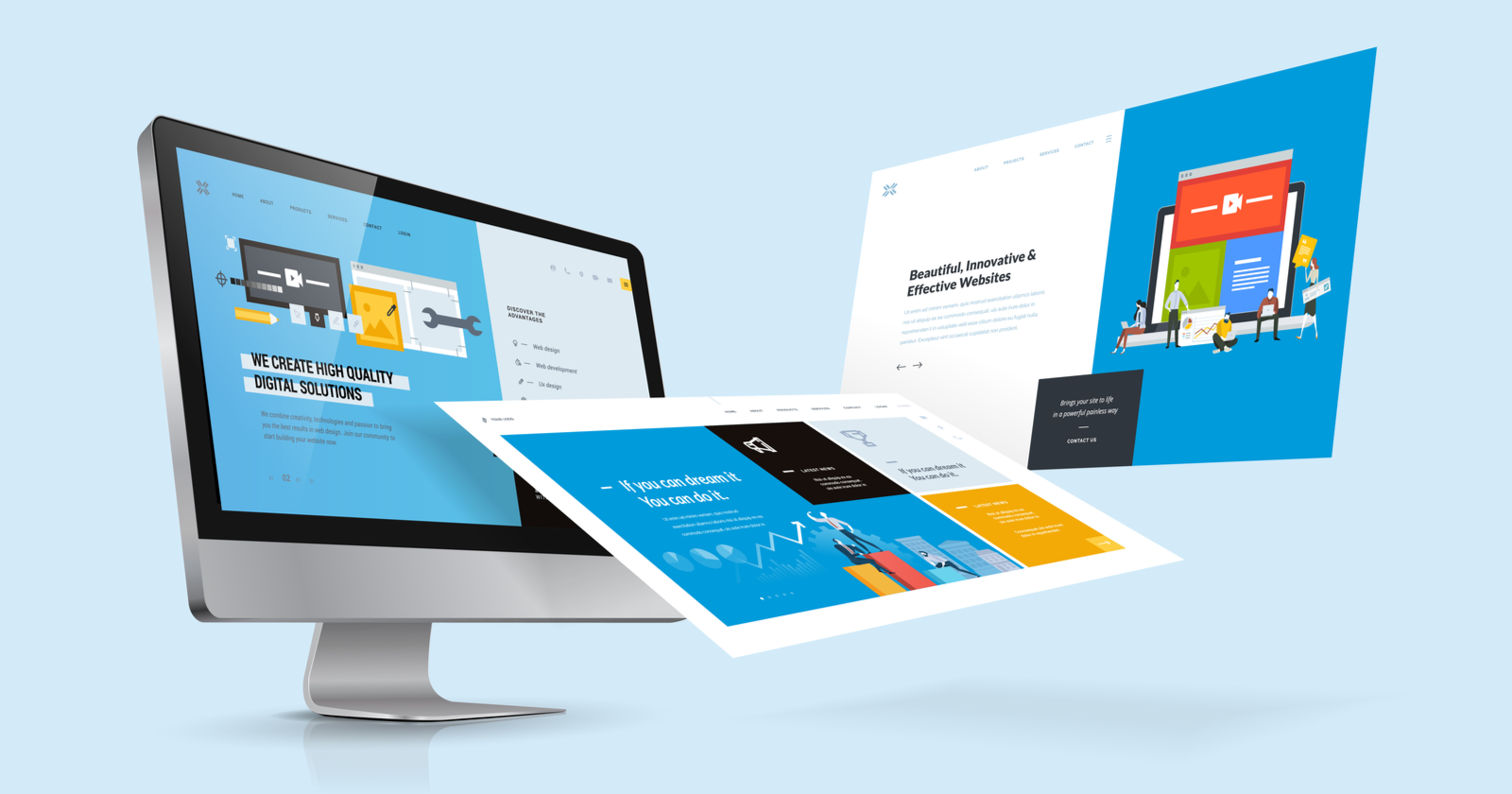Website design elements that secure accessibility and readability
Wiki Article
Discovering the Numerous Sorts Of Web Style and Their Special Benefits
The landscape of Web design incorporates a selection of designs, each offering distinct benefits that deal with various individual requirements. Flat and minimalist designs highlight clarity, while responsive and material styles improve convenience throughout devices. Typography-driven and illustrative methods intend to improve engagement and psychological vibration. Recognizing these diverse kinds can considerably impact customer experience and brand understanding. What lies underneath the surface area of these layout selections?Minimalist Website Design

Minimalist Web style typically integrates a limited shade scheme and simple typography, which not only improves aesthetics yet additionally enhances brand identification. The lowered intricacy can bring about faster loading times, even more boosting customer fulfillment. Furthermore, by minimizing visual mess, individuals can engage with content extra successfully, leading to enhanced comprehension and retention. Generally, minimal Web design promotes a smooth user experience, making it a popular selection for brands intending to convey clarity and professionalism and trust in their online existence.
Receptive Website Design
Responsive website design has come to be crucial in today's electronic landscape, ensuring mobile compatibility for individuals across different tools. This strategy significantly improves customer experience by offering smooth navigating and access, no matter screen dimension. As even more people access the Web on smartphones and tablets, the importance of receptive layout continues to grow.
Mobile Compatibility Importance
As smart phone usage remains to increase, guaranteeing internet sites are suitable with different display dimensions has become important for reliable interaction and interaction. Mobile compatibility, commonly attained via responsive Web design, permits internet sites to adjust seamlessly to mobile phones, tablet computers, and various other devices. This adaptability not only reaches a more comprehensive target market however additionally boosts brand name trustworthiness. A web site that operates well on mobile phones reflects professionalism and trust and attention to user demands. On top of that, internet search engine prioritize mobile-friendly websites in their positions, making compatibility a critical aspect for on the internet presence. By buying mobile compatibility, services can enhance their digital visibility and satisfy the growing variety of individuals who access details on the go. Focusing on mobile-responsive layout is important in today's electronic landscape.Improved User Experience

Apartment Layout
Level design is a minimal method to website design that emphasizes simplicity and quality. By eliminating three-dimensional aspects such as gradients, textures, and darkness, flat design develops a visually attractive individual interface that focuses on web content and capability. This style promotes an user-friendly navigating experience, as customers can rapidly identify key attributes and activities without interruption.Among the key advantages of level layout is its responsiveness across different gadgets and display dimensions. Its clean lines and straightforward formats adapt seamlessly, ensuring a constant experience for customers on mobile, tablet, or desktop platforms. Furthermore, level design typically integrates vibrant colors and typography, boosting aesthetic influence and brand acknowledgment.
In addition, the simpleness inherent in level design results in much faster filling times, which adds favorably to user fulfillment - website design. Overall, level style stays a preferred selection for contemporary Web growth, aligning with modern visual choices while supplying superb usability
Product Design
Product Style stands for a layout language established by Google that concentrates on developing a natural and instinctive customer experience across electronic platforms. This strategy stresses making use of grid-based designs, responsive computer animations, and deepness results such as lights and darkness, which help to develop a sense of power structure and spatial relationships. By mimicking the physical world, Product Layout allows users to connect with electronic interfaces in a more appealing and natural fashion.One of the key benefits of Material Layout is its versatility throughout different gadgets and display sizes, making sure a constant experience for individuals. Furthermore, it advertises a clear visual language that boosts use, making it simpler for customers to browse complicated applications. The unification of vivid shades and vibrant typography also plays a crucial function in attracting focus to crucial elements, therefore pop over here enhancing total user interaction - web design. Consequently, Product Design has actually become a preferred option amongst programmers seeking to develop functional and aesthetically enticing websites
Typography-Driven Style
Typography-Driven Design concentrates on the tactical use kind to improve the aesthetic and practical facets of an internet site. This design strategy prioritizes typefaces, font dimensions, spacing, and pecking order to develop visual interest and overview user experience. By meticulously picking typography, designers can communicate brand name identification and stimulate feelings, making the web content much more easily accessible and appealing.Effective typography boosts readability and usability, guaranteeing that customers can easily navigate the site and soak up details. The best mix of kind can additionally establish a clear visual pecking order, allowing users to promptly identify crucial messages and contacts us to activity.
Moreover, a typography-driven method can be adjusted to various tools, ensuring uniformity throughout systems. This flexibility is vital in today's multi-device landscape, where customer experience is vital. Ultimately, Typography-Driven Design serves not only as a creative option however additionally as a functional component that greatly influences a web site's effectiveness.
Illustratory Website Design
Illustratory website design uses visual narration strategies that can substantially enhance user interaction. By integrating unique images, websites can develop a remarkable brand identity that reverberates with their audience. This technique not only mesmerizes site visitors yet likewise connects messages in a visually compelling manner.Visual Storytelling Techniques
A multitude of Web designers employ visual storytelling techniques to develop engaging and immersive customer experiences. This strategy incorporates imagery, typography, and format to narrate a tale that resonates with individuals on a psychological degree. By incorporating engaging visuals, developers can properly convey messages and stimulate sensations, assisting site visitors via a brand's trip. Infographics, animations, and interactive elements offer to improve narratives, making intricate info a lot more available and remarkable. Additionally, aesthetic storytelling can develop a natural brand name identity, as constant images and styles reinforce core worths and messages. Eventually, this technique not just astounds customers check it out yet additionally cultivates a deeper link with the material, encouraging expedition and retention. With knowledgeable application, aesthetic narration transforms common Web experiences right into significant and vibrant interactions.Enhancing User Involvement
Efficient website design significantly boosts individual engagement by leveraging illustrative components that attract interest and foster communication. Illustrations can streamline complicated concepts, making them more approachable and unforgettable for customers. They damage the dullness of text-heavy web pages, creating visual breaks that invite exploration. Additionally, distinct illustrations can evoke feelings, urging users to get in touch with the web content on a deeper level. Interactive components, such as animations or hover effects, can additionally improve involvement by welcoming customers to participate actively as opposed to passively taking in info. This strategy not only maintains visitors on the website longer however likewise enhances the chance of return gos to. Eventually, effective illustrative visit our website Web layout transforms the user experience, making it extra enjoyable and impactful.Branding Through Illustration
Visual aspects play a considerable duty in forming a brand name's identification, and pictures are a powerful tool in this respect. Illustrative Web design permits brand names to communicate their one-of-a-kind character and worths with custom art work. This method fosters a deeper emotional link with the audience, improving memorability and engagement. By incorporating pictures, brands can separate themselves in a crowded industry, creating an unique visual story that resonates with their target group. Furthermore, pictures can streamline complex ideas and make web content a lot more easily accessible, properly connecting messages in an engaging fashion. In general, branding via picture not just enriches the user experience however also strengthens brand name recognition, making it a useful method for organizations intending to establish a solid on-line presence.Regularly Asked Inquiries
Exactly how Do I Pick the Right Web Layout Kind for My Organization?
To select the right Web style kind for a company, one must examine goals, target market, and sector criteria. Assessing user experience and capability will certainly guide the option procedure for excellent interaction and effectiveness.What Equipment Are Finest for Creating Various Web Design Designs?
Popular tools for producing diverse Web layout styles consist of Adobe XD, Figma, Lay Out, and WordPress. Each offers distinct functions customized to different design needs, making it possible for designers to build aesthetically appealing and functional web sites efficiently.Just How Much Does Expert Website Design Typically Cost?
Expert website design normally sets you back between $2,000 and $10,000, depending upon intricacy, functions, and designer expertise. Custom-made services and ongoing upkeep might raise expenses, while layouts can provide more affordable choices for less complex projects.Can I Incorporate Numerous Website Design Enters Effectively?
Yes, incorporating multiple Web style kinds can be efficient. By integrating aspects from numerous designs, designers can develop unique, appealing individual experiences that accommodate varied audiences while improving capability and aesthetic appeal.
Exactly How Do Design Fads Influence Customer Experience and Interaction?
Layout trends significantly affect customer experience and interaction by enhancing aesthetic charm, boosting navigation, and cultivating psychological connections - branding. Remaining updated with fads enables designers to develop instinctive user interfaces that resonate with individuals and urge prolonged interactionsMinimalist and level designs emphasize clearness, while receptive and material styles enhance convenience across gadgets. It may seem counterproductive, minimalist Web design stresses simplicity to boost user experience. Responsive Web style plays a necessary function in improving user experience by making sure that a web site adapts seamlessly to different display sizes and devices. Level layout is a minimal strategy to Web style that emphasizes simplicity and quality. Material Layout represents a design language created by Google that focuses on creating a cohesive and intuitive customer experience across electronic platforms.
Report this wiki page